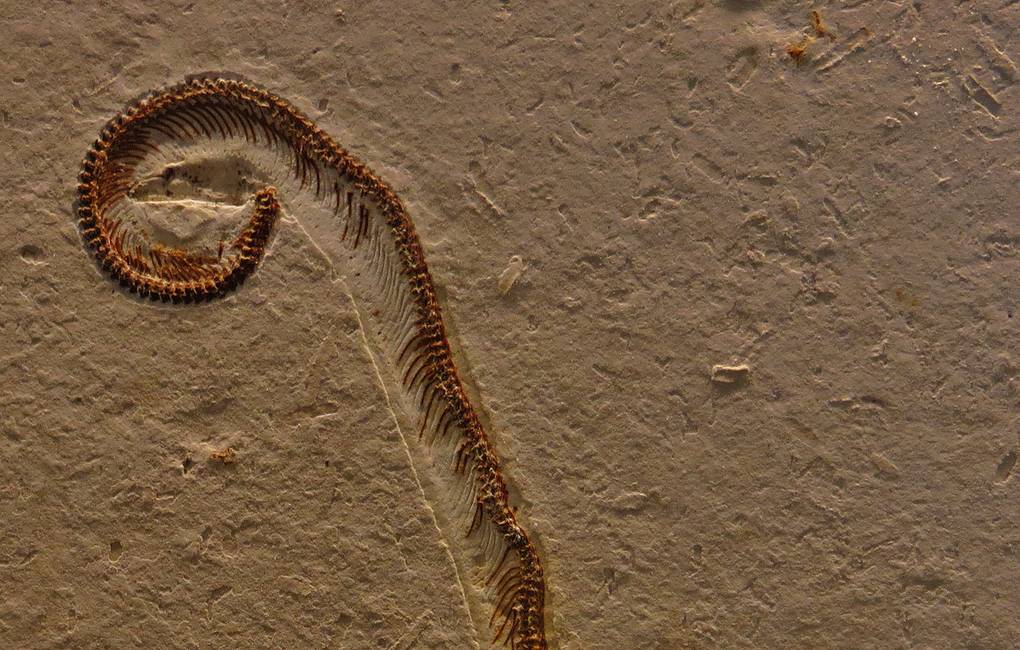
Brazilian fossil “demoted” from the lost links of evolution
Tetrapodophis amplectus was previously thought to be an intermediate organism between lizards and snakes
Having re-examined the fossilized remains of the “first snake” Tetrapodophis amplectus, found in 2015 in Brazil, paleontologists concluded that the creature was a water lizard and not an ancient land snake with limbs that had not yet disappeared. The scientists’ findings were published in the Journal of Systematic Palaeontology.
“The four-legged snake will unlock many evolutionary mysteries, but to do so, we need to find a real four-legged snake. The main conclusion of our work is that Tetrapodophis amplectus is not a snake. All features of its anatomy indicate that it was a lizard of the family Dolichosaurus”, – explained one of the authors of the work, Professor at the University of Alberta (Canada) Michael Caldwell.
The fossilized remains of Tetrapodophis amplectus paleontologists led by Nicholas Longrich. These remains are body impressions of a small reptile with rudimentary paws that was presumably buried alive in its own burrow.
Some features of the creature’s anatomy, particularly its long and narrow body, led paleontologists to believe that they had discovered the “lost link” between lizards and snakes. Nevertheless, the discovery sparked much controversy, since almost all scientists had previously believed that snake ancestors lived in water, not on land.
Caldwell and his colleagues accessed the remains of Tetrapodophis amplectus, which had been kept in a private collection since 2015, and re-examined them. They found that there were several errors in the description of the anatomy of Tetrapodophis amplectus that caused the discoverers of the fossil to mistakenly classify it as a snake.
These errors were due to the fact that Longrich and his colleagues studied only one of the two sides of the Tetrapodophis amplectus print, in which only the reptilian skull was preserved. The other half of the fossil had numerous prints of other skeletal bones, by which the “first snake” can be unequivocally attributed to water lizards.
Calculations Caldwell and his colleagues indicate that Tetrapodophis amplectus belongs to the so-called dolichosaurs – small marine reptiles, which occupied in the Mesozoic era, the same ecological niche as the modern sea snakes.
All of this, according to the authors of the study, suggests that the find of Nicholas Longrich and his colleagues was not a “first snake. It is only one of the smallest dolichosaurs that inhabited the Earth’s seas in the middle of the Cretaceous.




